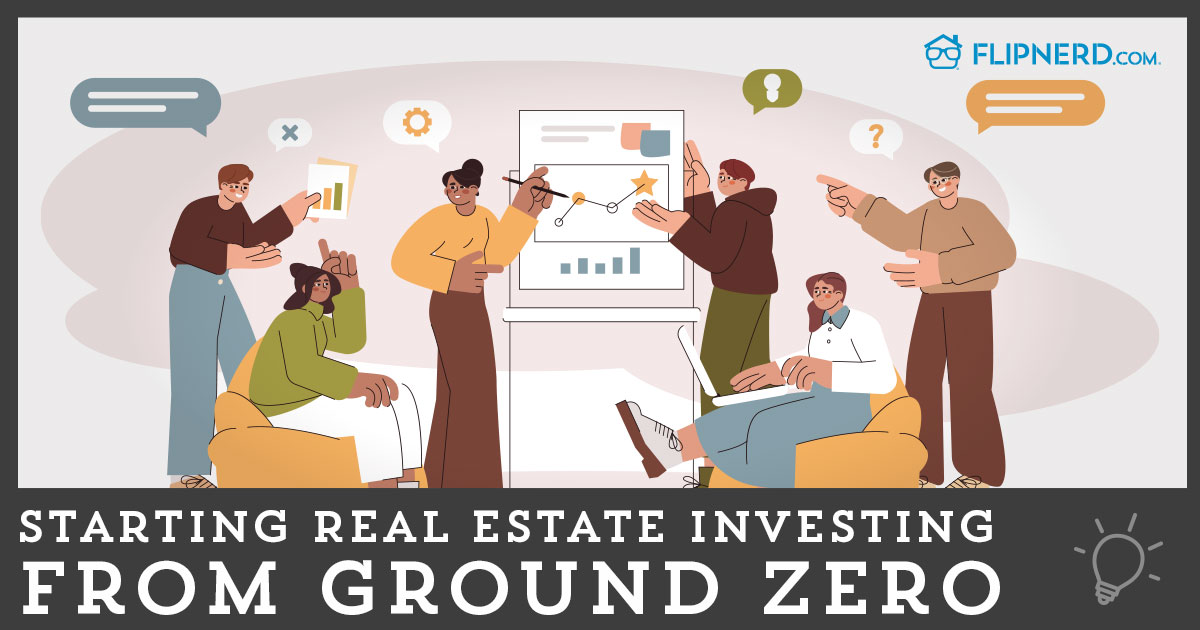Small businesses are the backbone of the U.S. economy, accounting for 66% of all new jobs created in the country since the 1970s, according to the U.S. Small Business Administration. Further, it seems that small businesses have been more successful in this area than big businesses, adding 8 million jobs since 1990 compared with 4 million jobs eliminated by their larger counterparts.
Judging by these facts, it would seem that our nation’s vibrant small-business community fares pretty well financially. However, a 2015 TD Bank survey indicates that 26% of small-business owners lack confidence that they will be able to retire comfortably.
Retiring comfortably requires the same level of planning as running a business. In this case, it means setting retirement goals upfront — thinking hard about what kind of lifestyle we want in retirement and what age we want to retire — and coming up with the amount needed to reach that goal. Once we set goals, we can take the next step and analyze available options to achieve them.
Selling your business
One potential avenue for a small-business owner who wants to set up a comfortable retirement is selling the business and using the proceeds as a retirement fund. Depending on how much value you’ve created with your business, this can lead to a one-time windfall that allows you to live comfortably. If this is your plan, it helps to keep a couple of things in mind.
One is to be proactive and start looking for prospective buyers well before you are forced to do so. A pre-emptive search for buyers will offer a distinct advantage by putting you in charge of the process and the timeline. It will also allow you to keep leverage, because you won’t have to accept the first offer.
Another key is to make sure that your business can run independently. This also requires planning well in advance of your proposed retirement. It’s important to start delegating everyday tasks and limiting your involvement to management decisions. A business that requires its owner to function properly is unlikely to attract investors or buyers.
Setting up a retirement plan
Aside from selling your business, a more long-range way of creating a comfortable retirement — and a more predictable and prudent one — is to invest for many years into a retirement plan for yourself and your employees. This important step is sometimes overlooked by small-business owners who have spent years focusing on business expansion plans and putting all available funds into them.
According to retirement planning experts, however, the biggest advantage in retirement planning is starting early so that your money can grow for several decades. When combined with tax-deferred growth, the results can be surprising.
Here are three potential retirement plans for small-business owners:
SEP IRA
A SEP IRA (Simplified Employee Pension plan) is available to small businesses of any size and allows owners to make tax-deductible contributions for their eligible employees and annual contributions for themselves of up to $53,000.
It’s important to note that SEP IRAs require matching contributions for all qualified employees, which could get expensive for businesses with a large number of workers. And SEP IRAs don’t allow catch-up contributions for individuals 50 and older, unlike other retirement plans.
SIMPLE IRA
A SIMPLE IRA (Savings Incentive Match Plan for Employees) is a retirement option for small-business owners with 100 or fewer employees. It comes with an annual contribution limit of $12,500 for 2016 and allows catch-up contributions of up to $3,000 for people 50 and older. Employers choose either 2% or 3% matching contributions of the annual compensation of qualified employees.
SIMPLE IRAs come with lower maintenance requirements, and they are comparatively inexpensive to establish. However, their contribution limit might restrict you to a lower retirement nest egg.
SELF-DIRECTED SOLO 401(K)
A self-directed Solo 401(k) plan targets owner-only businesses and self-employed people. It comes with annual contribution limits of up to $53,000 for 2016, and it allows catch-up contributions of up to $6,000 for people 50 and older. For small-business owners working with their spouses, a self-directed Solo 401(k) offers equal contributions for the spouse.
One of the key attractions of a self-directed Solo 401(k) is its investing flexibility. Some of the available investment options include real estate, mortgage notes, tax liens/deeds, precious metals, private equity and personal lending along with other traditional investment options. A Solo 401(k) may also allow borrowing of up to $50,000 or 50% of the account balance.
Although the higher contribution limits and flexible investment options of a Solo 401(k) make it an appealing option, it’s restricted to owner-only businesses and self-employed people, and therefore is not available to businesses with employees.
Meeting your goals
When choosing among these retirement plans, the key is to pick one that fulfills your retirement goals. It is best to consult a financial expert before making a choice.
In the words of time-management author Alan Lakein, “Failing to plan is planning to fail.” Start today and build a fund that ensures you’ll succeed at building a comfortable retirement.
This article also appeared on NerdWallet’s Advisor voices.
Written by: Dmitriy Fomichenko









